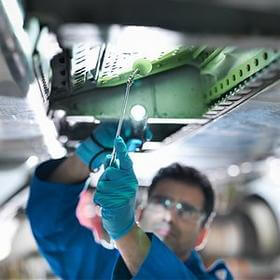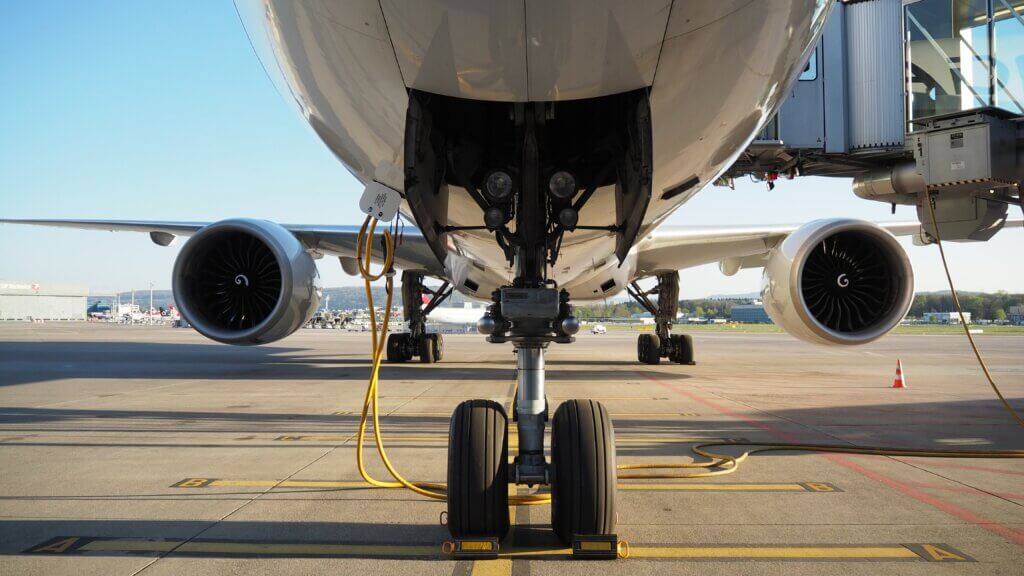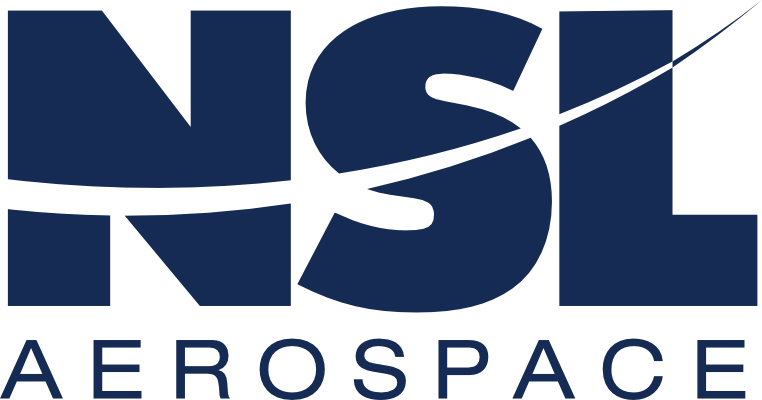4 Types of Aircraft Maintenance Inspections
What is an aviation maintenance check?

Aircraft maintenance checks are regular, mandated inspections that must be completed on all civil and commercial aircraft after designated periods of time or use. The main objective of routine aircraft maintenance checks are to keep aircraft safe and airworthy.
In the United States, the Federal Aviation Administration (FAA) establishes rigorous safety and maintenance requirements for commercial airline companies. These ensure that all aircraft meet high safety standards before they leave the hangar. As part of the FAA’s regulations, commercial airline companies must create and sustain a Continuous Airworthiness Maintenance Program (CAMP).
This article is a general overview of the scope of work that an aviation maintenance technician will perform on a regular basis. That includes line maintenance checks, A Checks, C Checks, and D Checks (there used to be a B Check, but it was assimilated into the other checks for more modern aircraft).
What does the FAA require with a CAMP?
Let's first look at the legal requirements of the types of aviation maintenance. According to the FAA, a CAMP must "contain the person's entire inspection program and the program covering other maintenance, preventive maintenance, and alterations, which constitute the maintenance part of the person's required manual.
The identified documents (including those referred to within) are the prescriptive methods, techniques, and practices individuals must follow when performing maintenance activities on the person's aircraft. A CAMP contains 10 elements and must be comprehensive in scope and detail to fulfill the certificate holder/program manager's responsibility to ensure:
- Maintenance, preventive maintenance, and alterations performed by it, or by other persons, are performed in accordance with the certificate holder/program manager's D072-authorized manual;
- Competent personnel and adequate facilities and equipment are provided for the proper performance of maintenance, preventive maintenance, and alterations; and
- Each aircraft released to service is airworthy and properly maintained for its operation
[1] https://www.faa.gov/documentLibrary/media/Notice/N_8900.585.pdf
What are the different types of aviation maintenance checks?
 Line maintenance checks
Line maintenance checks
The most routine aviation check is the line maintenance check. For the aviation maintenance technician, line maintenance checks are the most common. Broadly, they happen after 24 to 60 hours of accumulated flight time, which varies per plane, and they are usually performed at the gate.
Some of the items included in a line maintenance check include:
- Oil levels
- Hydraulics
- Wheels
- Brakes
- Visible damage to the body of the plane
This process can also be referred to as transit checks, post-flight, maintenance pre-flight, service checks, and overnight checks. It ensures airworthiness and basic safety.
Line maintenance checks are essential to ensuring that an aircraft is safe to continue service and is the most typical maintenance service performed on aircraft.
A Checks
The next kind of aviation maintenance check we will look at is the A Check. A Checks happen approximately every 400-600 flight hours or every 200-300 flights, according to specifications for an individual aircraft.
For an A Check, the aircraft will be taken to a hangar, usually overnight so that it is not out of commission during busy daytime flight times. The A Check requires careful examination of the body of the aircraft for evidence of damage, deformation, corrosion, or missing parts. Some of the tasks technicians perform during A Checks include:
- Changing filters
- Lubricating key systems
- Inspecting emergency equipment (like inflatable slides and emergency lights)
A typical A Check is more involved than a line maintenance check and takes approximately six to 24 hours. A Checks are important for preventative aircraft maintenance and ensuring the safe operation of aircraft.
[1] https://www.qantasnewsroom.com.au/roo-tales/the-a-c-and-d-of-aircraft-maintenance/
C Checks
The aircraft c check is considered part of the "heavy maintenance" portion of aviation maintenance. The C Check happens between 18 months to two years (depending on the aircraft). This is likely performed in a special facility, taking 1-2 weeks. During a C. Check, an aviation maintenance technician performs an extensive check of individual systems and components for serviceability and function.
Here are some examples of C Check items, per Aviation Pros:
- Visually check flight compartment escape ropes for condition and security
- Check operation of DC bus tie control unit
- Visually check the condition of entry door seals
- Operationally check flap asymmetry system
- Pressure decay check APU fuel line shroud
- Inspect engine inlet TAI ducting for cracks
- Inspect stabilizer attach bolts
- Inspect floor beams
- Detailed inspection of wing box structure
D Checks
The aircraft D Check is also known as a structural check and is the most extensive of them all, costing several million dollars. A D Check happens every six to ten years and basically, a crew dismantles the entire aircraft and puts it back together again over a month or so.
During a D check, the cabin is taken apart and inspected and even the engines and landing gear come off. This is a deep process of the structure itself, looking for any signs of corrosion, structural deformation, cracking, or deterioration/distress using special equipment and techniques. The D Check includes all the lower checks, too, and is the most robust, intense aircraft check performed by technicians.
Final thoughts on maintenance checks in aviation
Above all, the FAA heavily regulates the aircraft maintenance process to prevent damage to aircraft and maintain aviation as the gold-standard for travel. Many people are involved in the proper maintenance, repairing, and overhaul of aircraft, and standardized and routine aviation checks ensure that individual aircraft are safe and top-performing.
As Qantas said a few years ago, "It's easy to forget when you board a modern jet aircraft that you're stepping onto one of the most complex machines ever created." We hope this page has helped clarify some areas of aircraft maintenance, and if you need support with aircraft parts or sealants during your aviation checks, we are here to help!
